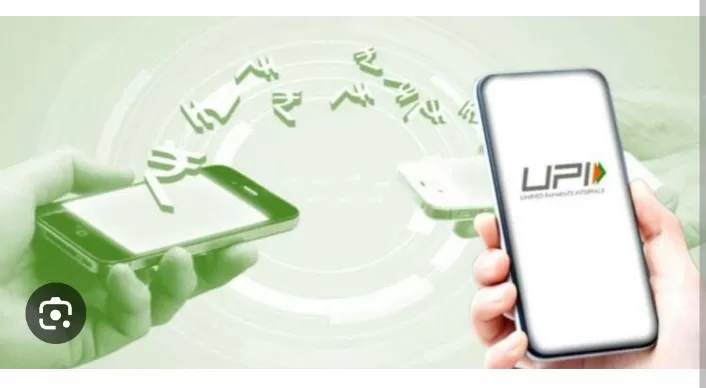The United Payments Interface (UPI) recently achieved a remarkable milestone, surpassing 10 billion transactions in August. This achievement not only underscores the extensive domestic usage of the payment service for small transactions but also highlights its significance in India’s foreign policy initiatives.
Throughout its presidency of the G20, India has emphasized its efforts to establish digital public infrastructure, with UPI being a pivotal component of this endeavor. India has also explored the interest of other nations in adopting the technologies that underpin its digital public infrastructure, known as the India Stack.
Industry analysts view this as India’s aspiration to become a pioneer in digital governance, especially as it seeks to assume a leadership role in the Global South. This approach distinguishes India from rival China, which primarily invests in physical infrastructure development in developing countries.
India aims to play a key role in the deployment of digital public infrastructure and plans to create and manage the Global Digital Public Infrastructure Repository (GDPIR). This virtual repository will contain voluntarily shared digital public infrastructure practices and experiences from G20 members and beyond.
A notable aspect of India’s approach is to develop underlying technology under government control and allow private entities to utilize it for service offerings and product development. This model applies to UPI and Aadhaar, both crucial elements of the India Stack, which encompasses digital codes and public goods designed to enable identity, data, and payment solutions on a large scale.
The foundation of the India Stack rests on digital identity products, primarily Aadhaar, which enables remote authentication, receipt of digitally signed records, and digital signature services. UPI forms the second layer, facilitating interoperability among money custodians and payment applications. This technology is under the supervision of the National Payments Corporation of India (NPCI) and has been licensed to private entities like PhonePe, Google Pay, and Paytm.
The third layer focuses on creating a new model for data governance, operating under the Data Empowerment and Protection Architecture (DEPA). This architecture includes a consent management system to facilitate information sharing and enhance financial, health, and telecom-related products and services.
Apart from UPI, the Indian government has introduced various digital solutions in recent years, such as CoWin, DigiLocker, Aarogya Setu, and Government e-Marketplace (GeM), all of which leverage the three core layers of the India Stack.
India’s vision extends beyond its borders, as it seeks to share the India Stack model with other nations. Agreements have been signed with several countries to share India Stack, and international markets like France, UAE, Singapore, and Sri Lanka have embraced UPI. This reflects India’s commitment to promoting digital public goods and ensuring that the Global South benefits from these innovations.
In conclusion, India’s journey with UPI and the India Stack exemplifies its ambition to lead in the realm of digital governance and extend the benefits of digital public infrastructure worldwide. This approach aligns with India’s foreign policy objectives, positioning it as a leader in the digital domain.







